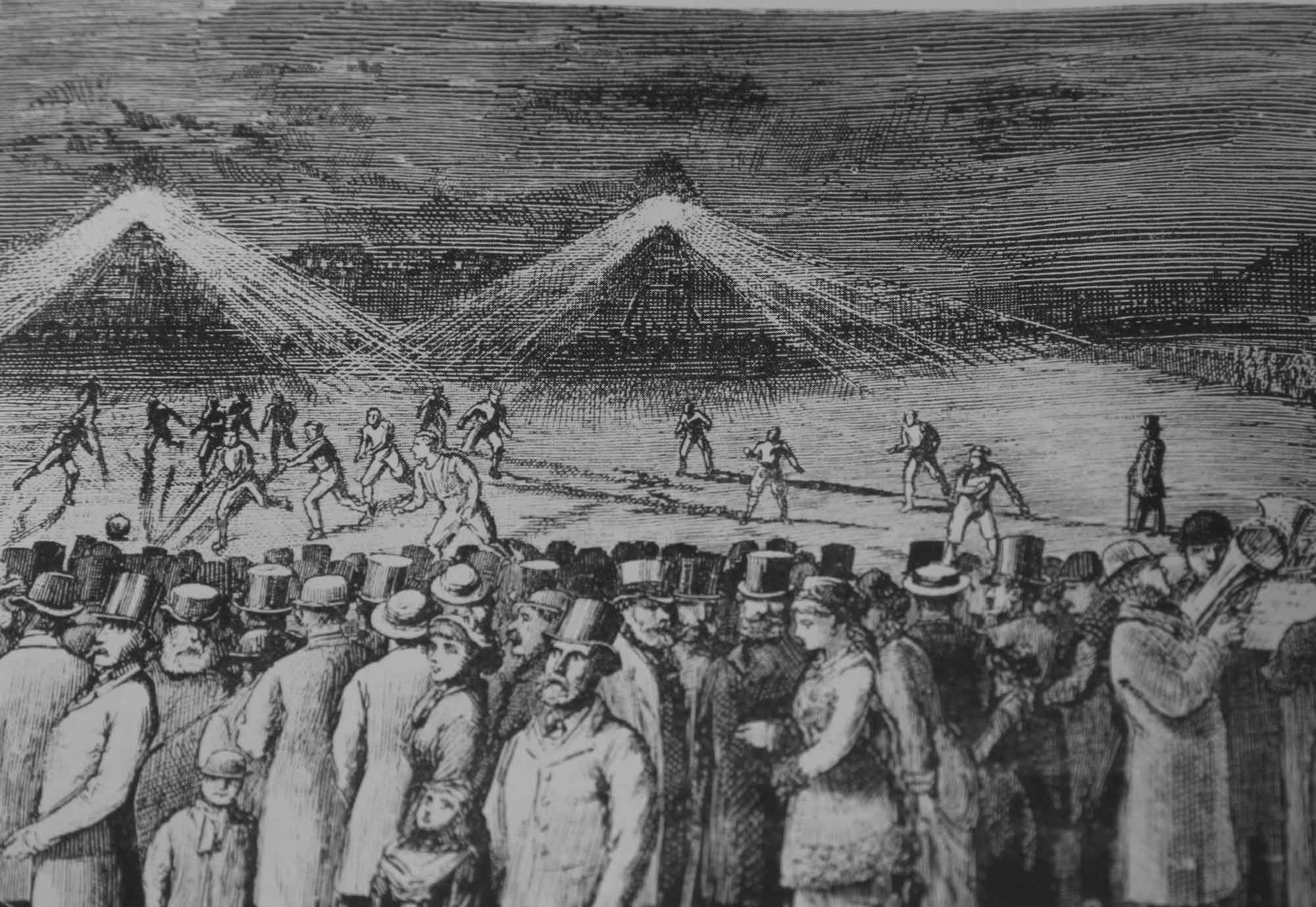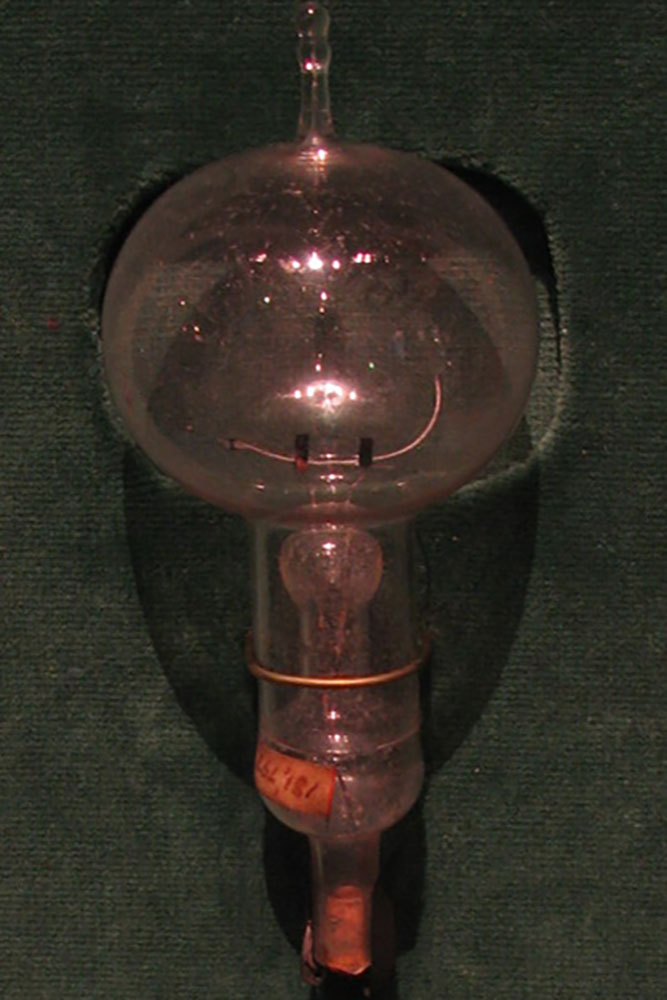Picture this: It’s the 19th century, and the brightest minds of the time are racing to illuminate the world. Enter stage, two scientific maestros – Joseph Swan, the British physicist and chemist, and Thomas Edison, the famed American inventor. Their independent quests would bring us the very foundation of modern artificial light – the incandescent light bulb.
Starting in 1850, Swan had been experimenting with carbonized paper filaments housed inside an evacuated glass bulb. His early trials were promising, but the bulbs’ short lifespan and low light output kept it from practical use. Fast forward to the mid-1870s, and a new generation of superior vacuum pumps breathed new life into Swan’s research.
Partnering with Charles Stearn, a vacuum pump savant, Swan triumphed in 1878. His method of processing filaments significantly reduced early bulb blackening. This innovation was significant enough to earn a British patent in 1880. Swan’s successful demonstrations at society meetings throughout December 1878 and January 1879 introduced the world to a brand-new era of light.
Meanwhile, across the Atlantic, Thomas Edison was deep into his quest for a practical incandescent lamp. His initial patent application for “Improvement In Electric Lights” was filed on October 14, 1878. Edison, after a series of experiments, found his solution in a carbon filament, with the first successful test running for an impressive 13.5 hours on October 22, 1879.
Edison’s refinements continued, and by November 4, 1879, he filed a US patent for an electric lamp using a carbon filament connected to platina contact wires. The description covered several ways of creating the filament, but ultimately, Edison and his team found a carbonized bamboo filament could last over 1,200 hours. This invention first saw practical use on board the Columbia, a steamer belonging to the Oregon Railroad and Navigation Company, in 1880.
With the birth of electric grids, these ingenious incandescent light bulbs rapidly illuminated corners of the globe, bringing safer, fume-free light to billions. Now, we are witnessing another revolution in lighting as energy-efficient, long-lasting LED bulbs are swiftly replacing traditional incandescent lights. If you’re interested in this fascinating transition, don’t miss our piece, ‘Street Light Revolution,’ for an in-depth look.

Which electric device do you think had a greater impact on the world than the light bulb?

